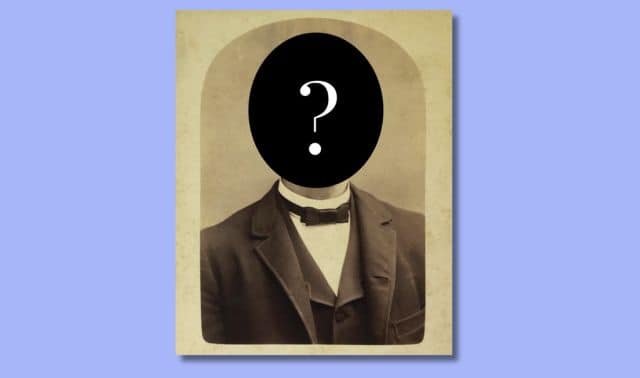Sign up for the Family Tree Newsletter Plus, you’ll receive our 10 Essential Genealogy Research Forms PDF as a special thank you!
Get Your Free Genealogy Forms
"*" indicates required fields
• Read enough records to be confident that you have correct information. One original record may be enough to convince you and others that you’ve identified an ancestor’s mother. Your degree of confidence will depend on what the record is and how reliable it may be. Sometimes you need to study many records and put the clues together before you can say with certainty that you have found that mother’s name.
Evaluating documents and data is a skill that improves with experience. And one thing is clear: The more records you read, the more you learn about your ancestor’s life and times.
• Remember that no book or Web site contains all your ancestors. Have you ever heard someone brag, “I just found all my mother’s ancestors on the XYZ database”? Such a person is sadly mistaken and misinformed. By their nature, books, Web sites and other compilations cannot be complete.
Besides, it’s impossible to identify all your ancestors. The records that help us build our genealogies rarely extend much earlier than the 16th century. In some ancestral lines, we’re lucky to confirm ancestors alive in 1750.
Don’t worry about how many ancestors you identify or how far back their lives extend. Enjoy the ancestors you find and seek to learn as much about them as you can.
• Expect your family name to be spelled various ways in public documents. Clerks and census takers recorded what they heard or thought they heard. It doesn’t matter what the family called themselves or how they spelled their name. Think creatively as you look in indexes and records. The family name McClelland, for instance, might be spelled McClellan, McLeland or McLellan. Such variations require that you look in different parts of each index you use and think of other ways to spell the name.
Many families tell a story of brothers who moved away and added an e to the end of the surname, while those who remained behind kept spelling the name without the final e. Don’t be fooled: While brothers may have initiated such a change, you will find the same family with the name spelled both ways in the records.
• Read all known census records for your focus ancestor. Created every 10 years since 1790, federal census records help us identify family groups, place ancestors in a given place at a given time, and estimate birth dates and places. Beginning in 1850, the census named free persons in each household and, beginning in 1880, it showed each person’s relationship to the head of household. Census schedules from 1790 to 1920 are now available for research; the 1930 census will be opened in 2002.
You can use the census records on microfilm and, increasingly, on CD-ROM at libraries, Family History Centers or National Archives branches. Some Web sites have census transcriptions, and some have selected digitized images of the originals. To find ancestors in federal census records, you need to know the state where they lived in the census year. Many indexes exist to help you find them in the records. Many states have also made their own enumerations of their population.
Censuses are valuable resources for researchers, but use them cautiously, as you would any other record—census takers and families sometimes made mistakes.
• Look for ancestral names in records the ancestors didn’t create. In county records, names of witnesses and neighbors can be as important as the names of the people buying and selling land, or the bride and groom. Uncles sometimes named nieces and nephews in their wills. You may find significant information by reading records of your ancestor’s relatives, friends and neighbors. Even identifying an ancestor in a given place at a given time tells you the person was alive and suggests where to look for more records.
ADVERTISEMENT




